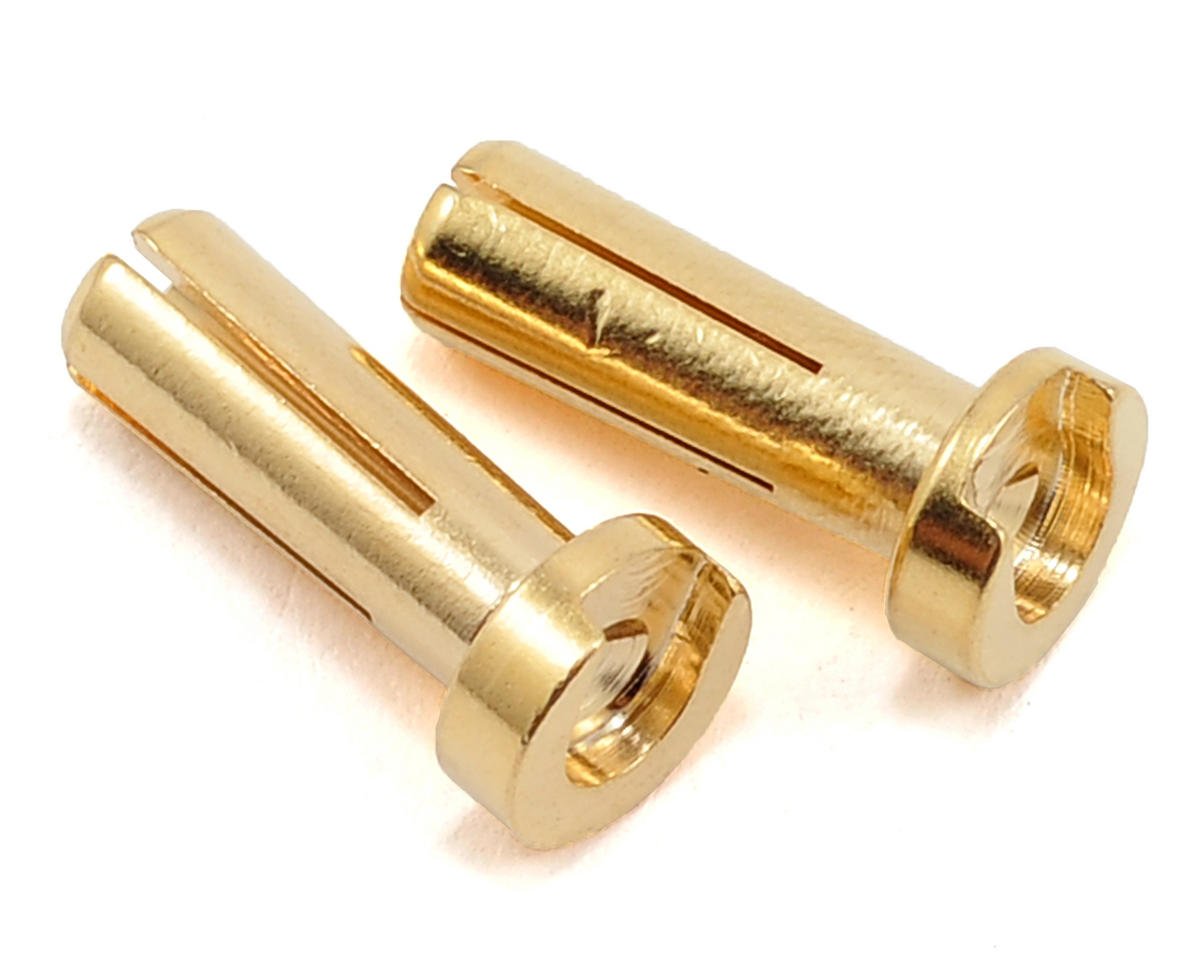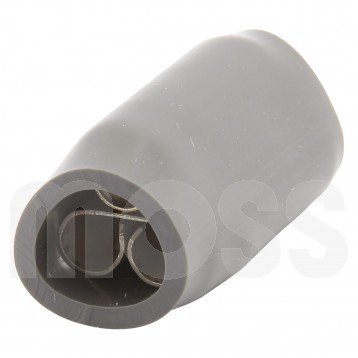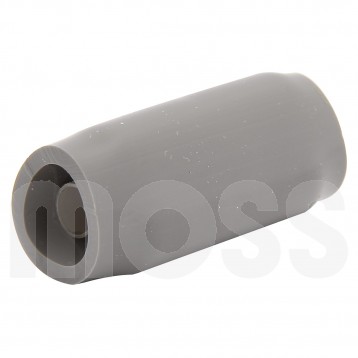

I also purchased another Arduino Uno R3 from Radio Shack this year, along with some XBee shields made by Seeed Studios in China.

It came with a USB-A to USB Mini adapter cable because the USB-to-serial interface is built-in to the Arduino PCB. This year I decided to play with the Arduino Uno R3 that I received as a Christmas present two years ago. Then I purchased a "handy talky" or HT transceiver made in China by Bao-Feng that came with its own USB-to-serial cable and a driver on a miniature CD ROM. The first one I encountered was an Elecraft KXUSB cable that is used to upload firmware updates to my KX3 transceiver and, later, to my KXPA100 linear amplifier that is driven by the KX3 transceiver. I have several end-user devices that depend on a USB-to-serial device, usually part of a cable powered from the USB connection. If hardware flow-control is disabled in Hyper Terminal, this may only require that you connect TxD to RxD at the DB-9 connector (usually pins 2 and 3). It may be possible to test the USB-to-serial interface in a loop-back configuration at the DB-9 connector using the Windows Hyper Terminal program.
#BULLET CONNECTOR HYPERTERM SERIAL#
I agree with the comments made by and You need to somehow verify that the cable and drivers are working independently of your sensor, that the baud rate is the same for sensor and USB-to-serial interface, and that the serial data parameters (parity, number of data bits, number of stop bits) are the same. Scroll down the page and read the comments too.

I don't understand how the new driver software identifies counterfeit FTDI chips, or what it does to brick the counterfeits. See this ZDNet article on automatic driver updates, distributed by Microsoft, that included FTDI driver software that checks for, and then bricks (makes inoperable) counterfeit FTDI chips. You may have a problem with a counterfeit FTDI USB-to-serial converter chip.


 0 kommentar(er)
0 kommentar(er)
